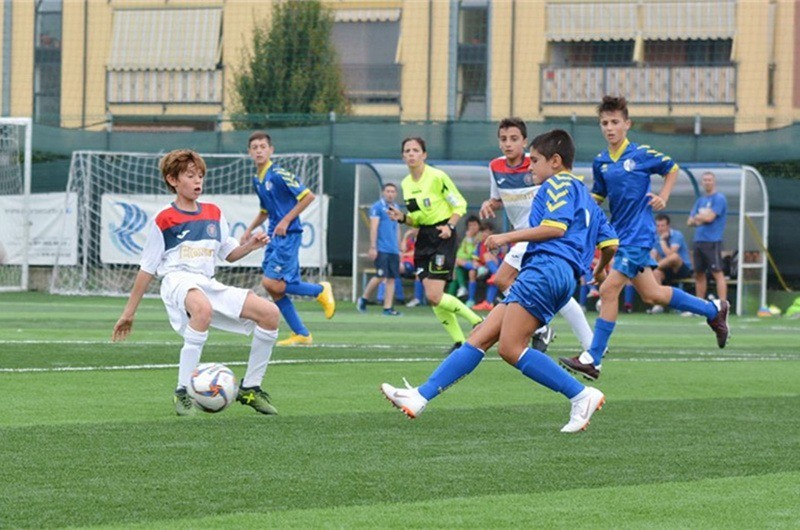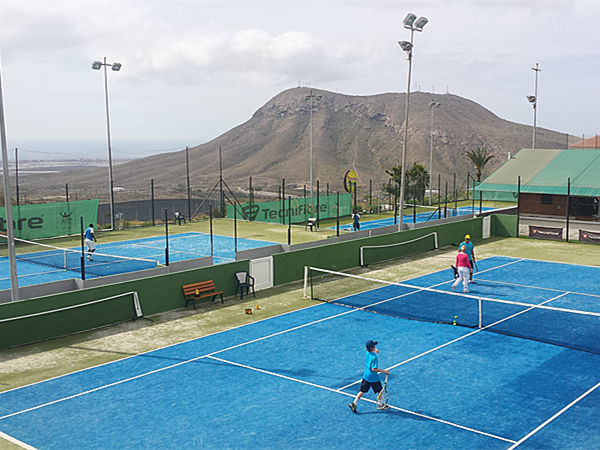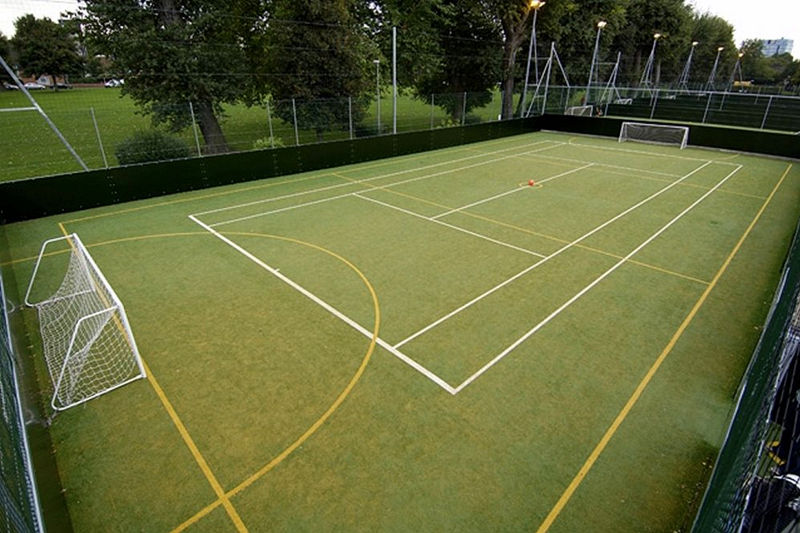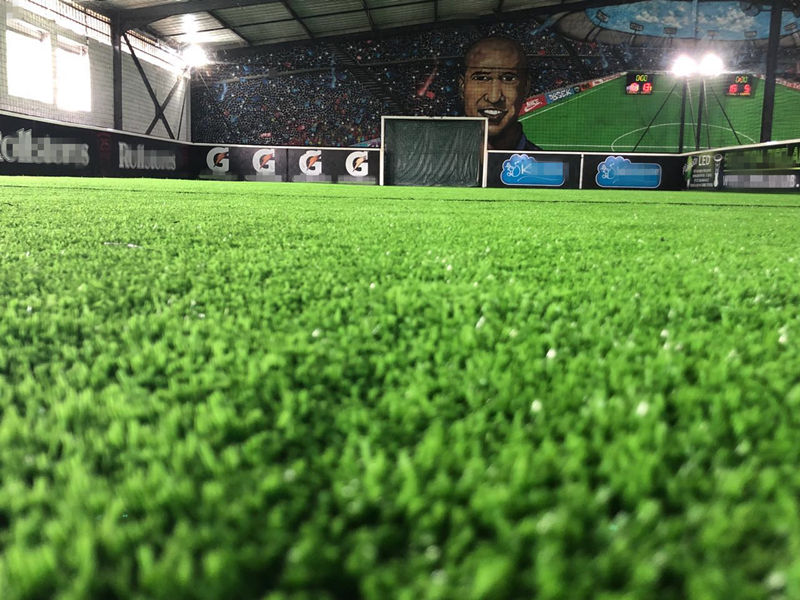Artificial grass is commonly associated with outdoor applications; however, its usage extends beyond that realm. Indoor artificial grass has gained popularity in various sporting disciplines, offering a perfect playing surface without the inherent issues associated with outdoor environments. This article explores the benefits and applications of artificial grass in indoor sports, correcting misconceptions, and providing comprehensive information on its advantages.
Table of Contents
Indoor Artificial Putting Greens:
Indoor artificial putting greens provide an excellent platform for golfers to enhance their skills. With advancements in manufacturing technology, artificial grass putting greens have emerged as legitimate training aids. While outdoor artificial grass putting greens are commonly used, indoor versions offer the advantage of year-round availability, regardless of weather conditions or time constraints. The indoor setting provides a comfortable and convenient environment for golf enthusiasts to focus on their short game. For busy golfers lacking free time during the week, an indoor practice putting green becomes a sensible solution.
Indoor Soccer:
With its popularity worldwide, indoor soccer provides an opportunity for outdoor players in the off-season. The use of artificial football grass, similar to outdoor counterparts, has gained traction in indoor settings. Furthermore, non-infill football grass proves ideal for indoor soccer, eliminating concerns related to sunlight exposure and adverse weather conditions. The artificial grass football pitch ensures durability, withstanding constant use over an extended period. The surface facilitates quick and smooth ball movement, enabling players to change directions without excessive grip.
Indoor Cricket:
Indoor cricket, another beloved sport played on a similar type of artificial grass surface, showcases the versatility of artificial grass in various indoor applications. Indoor cricket courts typically employ a combination of two artificial grass types. The first is a traditional artificial grass pitch with short blades to ensure consistent ball behavior. The second type serves as the “outfield” area and may have a slightly different color to differentiate it from the pitch. The artificial grass used for the indoor cricket outfield is typically lighter in weight compared to the pitch area.
Why Artificial Grass is Ideal for Indoor Sports:
Artificial grass proves to be an ideal surface for indoor sports, surpassing alternatives such as poured-in-place rubber. One of the key advantages is the reasonable cost of indoor artificial turf. Its durability allows for years of use before replacement, making it an economically attractive option when considering maintenance and longevity. It is important to note that the artificial grass used in indoor sports differs from landscaping purposes and outdoor artificial turf designed to withstand harsh climatic conditions. The suitability of artificial grass for indoor sports has been repeatedly demonstrated and attested by its widespread adoption.
Conclusion:
Indoor sports benefit greatly from the utilization of artificial grass, offering athletes and enthusiasts a reliable and high-performing playing surface. From indoor artificial putting greens, providing golfers with year-round practice opportunities, to indoor soccer and cricket courts, artificial grass enhances gameplay and durability. The reasonable cost, coupled with its proven performance, further solidifies artificial grass as the preferred surface choice for indoor sports. By embracing this versatile and enduring solution, athletes can excel in their respective disciplines while enjoying the benefits of artificial grass in an indoor setting.




